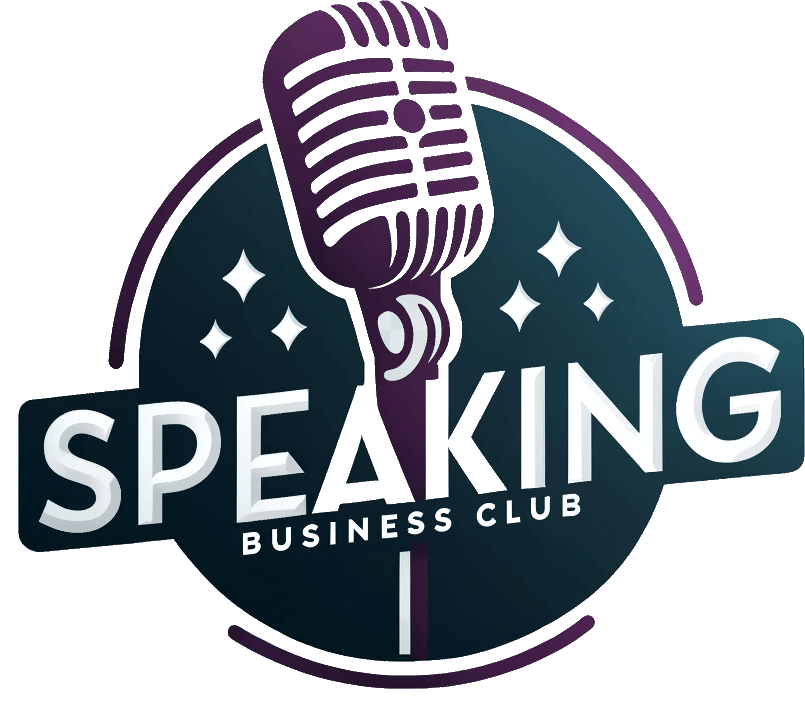
The viral phenomenon is back, and throws some cold water on assumptions associations make about engagement.
A few weeks back, my 14-year-old son walked past me as I sat on the living-room couch and informed me that he was headed to the backyard to pour a bucket of ice water on his head.
“Okey-doke,” I said, as dads will.
He was still a toddler when dousing yourself in ice water was a subject of such casual conversation. The ALS Association created the ICE Bucket Challenge in 2014 as a way to build awareness around the neurodegenerative disorder. On that front, mission accomplished: The quirky, social-media-ready trend earned scads of media coverage—including plenty in Associations Now—attracted tens of millions of dollars in donations, and led to some legitimate research breakthroughs.
However, despite various efforts by the ALS Association to keep the energy of the Ice Bucket Challenge going, social media does what it always does, finding other trends and moving on.
The challenge is back, though. In April, a student group at the University of North Carolina launched its own Ice Bucket Challenge with the hashtag #speakyourmind, this time to promote awareness of mental health. A campus initiative with a modest $500 fundraising goal became a national phenomenon with celebrity participants. Thus far it’s raised more than $250,000, getting everyone from Peyton Manning to an aspiring baseball player in Arizona to take part.
Associations sometimes force committee-made hashtags onto its membership, ignoring ones its members are already coalescing around.
There are a couple of lessons for associations from the ice-bucket, one of which is that while it’s worth making efforts to boost engagement, sometimes the most successful engagement efforts happen organically. As Brett Curtis, CEO of Active Minds, the nonprofit benefiting from the new challenge, told NBC News: “I think fundraising professionals and nonprofits and causes have sat around tables for years trying to say, ‘What’s going to be our ice bucket challenge?’ I do think there’s a little irony in that it is just the ice bucket challenge again, this time to talk about mental health.” Associations can sometimes get in the habit of trying to force a committee-made hashtag onto its membership, without paying attention to the ideas and themes that its members are already coalescing around.
The second lesson an association can take from this is that old ideas aren’t necessarily dead ones—they may just need their proper moment. Wisely, the ALS Association used the latest ice-bucket challenge as an opportunity for partnership with Active Minds, agreeing to cross-promote their missions and share hashtags; representatives from both organizations, of course, made a video of their doing the challenge together:
As ALS Association CEO Calaneet Balas said in a release about the partnership, the original challenge “showed how grassroots action can transform health outcomes—and we’re pleased to see that same energy now being used to advance mental health awareness, as well.”
It may be that your association had an initiative some time back that wasn’t right in the moment but might work now in a different context; or that had value in a past moment and might be ripe again. Every association should go through the process of identifying how to best serve its members and stakeholders, and generate new ideas about how to do that. Just don’t forget that sometimes the best ideas are the ones you’ve already come up with.
The post Lessons From the Ice Bucket Challenge Revival appeared first on Associations Now.




